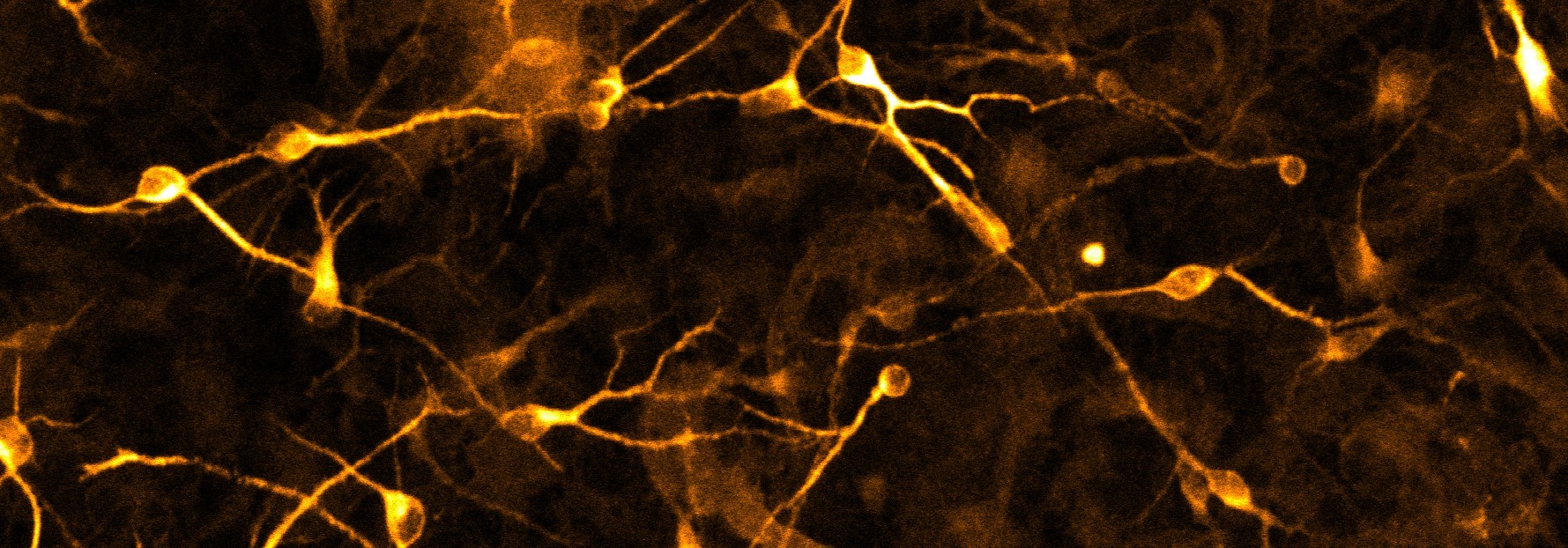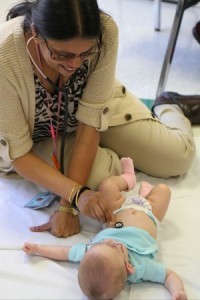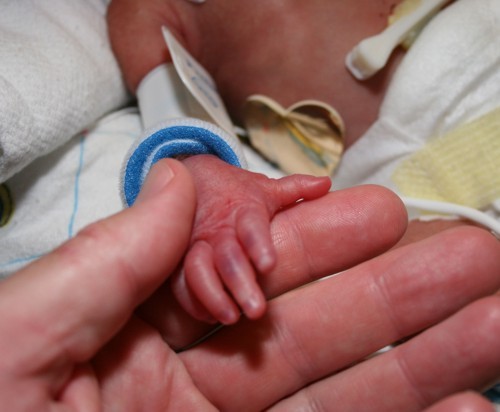BRInj, through a unique partnership with MidAtlantic Neonatology Associates, has a thriving neonatology research program that spans preclinical, translational and clinical research initiatives.
Predicting clinical and developmental neonatal outcomes
While it is well-established that infants born prematurely are at greater risk for medical complications and long-term developmental set-backs, the physiology that underlies an infant’s vulnerability to these outcomes is not entirely understood. In order to better understand the biological processes that predispose these babies to things like brain injury, necrotizing enterocolitis, vision impairment and cognitive delay, we have established neonatal biobanks to collect blood, breast milk and DNA. These samples are being analyzed for markers of neonatal disease and development. For example, we are studying several proteins with potential to predict neurological outcomes, searching for breast milk components that protect against intestinal disease, and correlating certain genotypes to long-term developmental outcomes.
Quantitative assessment of nutritional outcomes in neonates

We are interested in more quantitatively assessing and modeling an infant’s nutritional success during their stay in the NICU. We are developing methodology using Air Displacement Plethysmography (ADP) that will allow us to track how an infant responds to certain feeds, proteins and feeding schedules. Recently, we collected nutritional and ADP data for several hundred babies; data that we plan to use to assess how changes to an infant’s nutritional regimen affect an infant’s health and development.
using animal models to study neonatal disease
We are using animal models of neonatal conditions to study disease physiology and to develop treatment strategies. For example, we are using a rodent model of ischemic stroke to uncover therapeutic strategies that will mitigate brain injury. Models of prematurity are often difficult to replicate, and robust and accurate models for many conditions have not yet been created. Therefore we are also developing new models of neonatal disease.



